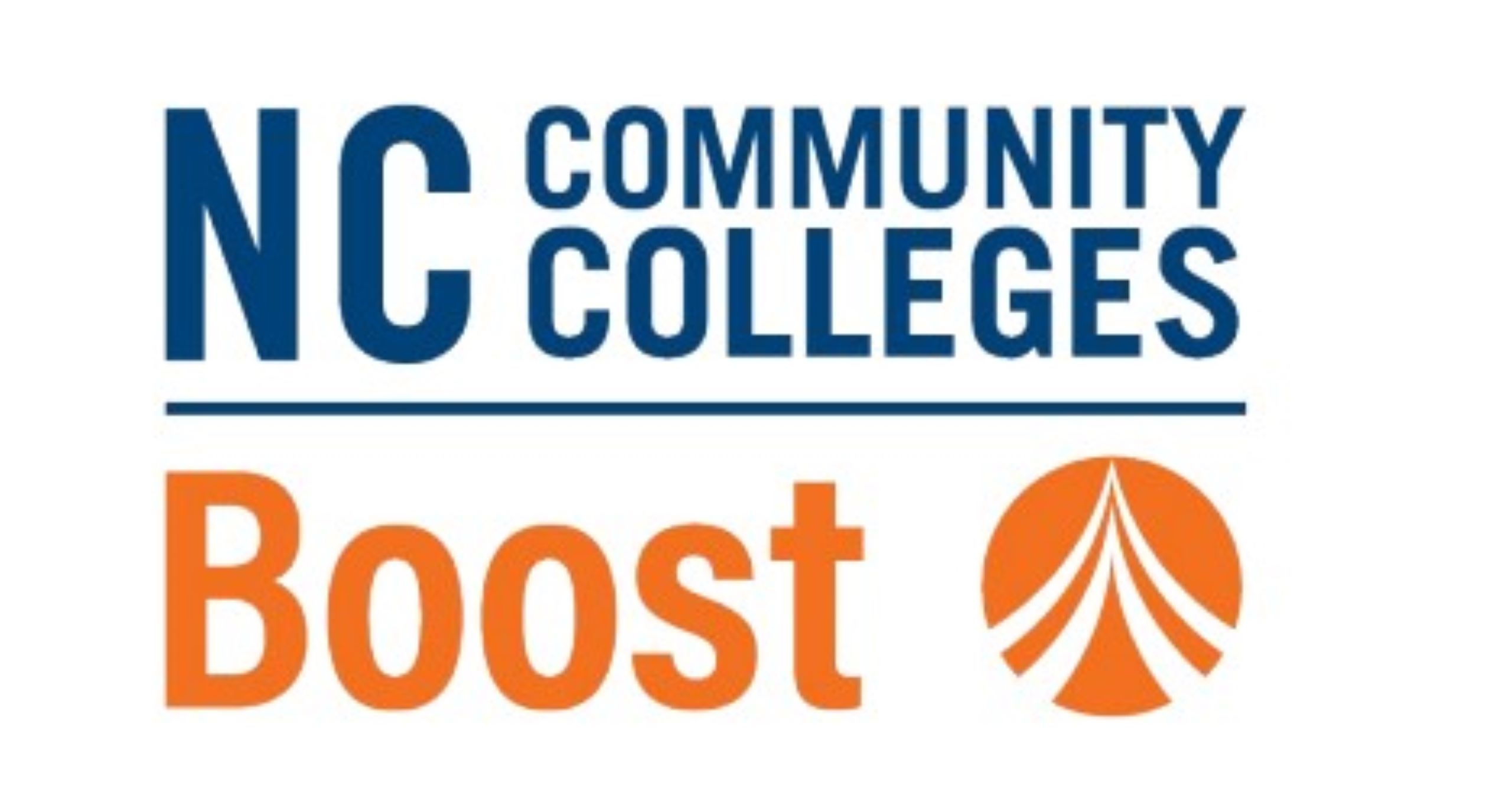Goodnight Distinguished Professor in Educational Equity Maria Coady, Assistant Teaching Professor Joanna Koch to Examine Dual-language Immersion Programs in Rural North Carolina Settings through Spencer Foundation Grant

More than 30 years of research shows that bilingual students tend to significantly outperform their monolingual peers when they are provided with high-quality bilingual programs. But, rural school districts often face challenges in identifying and preparing high-quality teachers and leaders for these schools, as well as in engaging bilingual families.
A new study from Goodnight Professor in Educational Equity Maria Coady will explore this issue by examining three rural, dual-language immersion programs to capture the challenges, nuances and linguistic strengths that exist in these communities and are used by educators.
“The academic research base on rural multilingual learners is very thin. We have robust work in multilingual education and robust work in rural education, but not at the intersection,” Coady said. “This is a great oversight. When we know the conditions, or ecosystem, of rural dual-language immersion (DLI) programs, we are better able to share that work and support rural communities to grow more DLI programs that serve multilingual students and families.”
Funded by a three-year, $497,819 grant from the Spencer Foundation, Coady will work with Assistant Teaching Professor Joanna Koch and doctoral students Alejandro Amaya and Heysha Carrillo, on the project, entitled “Examining Rural Dual Language Programs, Multilingual Learners, and Rural Community Cultural Wealth.”
Using a lens of rural community cultural wealth and place-conscious education, the study will examine the role of rural DLI programs in the broader diverse rural ecosystem, how educators in rural DLI programs leverage the linguistic resources of their multilingual students and families for student learning, and how rural DLI programs can engage with communities to address equitable access to resources and opportunities for rural multilingual students and their families.
“Immigrants have contributed immensely to the function of rural communities both in North Carolina and across the United States,” Coady said. “In our rural state, where 80% of our school districts are rural, immigrant labor has not only revitalized industries but, in fact, keeps industries thriving. The question we must ask is how are those communities thriving for our immigrant and multilingual learners and families?”
“We are grateful to the rural dual language immersion education programs collaborating with us on this valuable project. We look forward to working with them as we highlight their stories, needs, and assets,” Koch said.
As part of disseminating findings from this study, Coady said she and the project team plan to create a documentary film to share the stories of those who have successfully incorporated dual language education into their schools.
“Ultimately, this research first needs to acknowledge and support rural multilingual learners and families and, second, inform policies to provide overall funding and human resources to grow rural DLI programs,” Coady said. “There are no negatives–academically or otherwise–to bilingual education. North Carolina is an optimal state in which to do this research, because of the highly rural nature of the state and the fact that we have more than 260 DLI programs, many in rural communities.”
- Categories:


